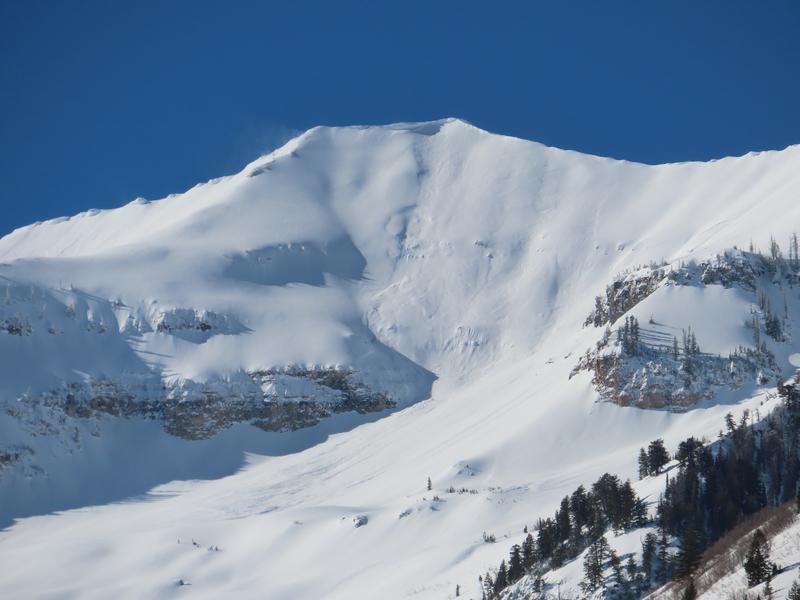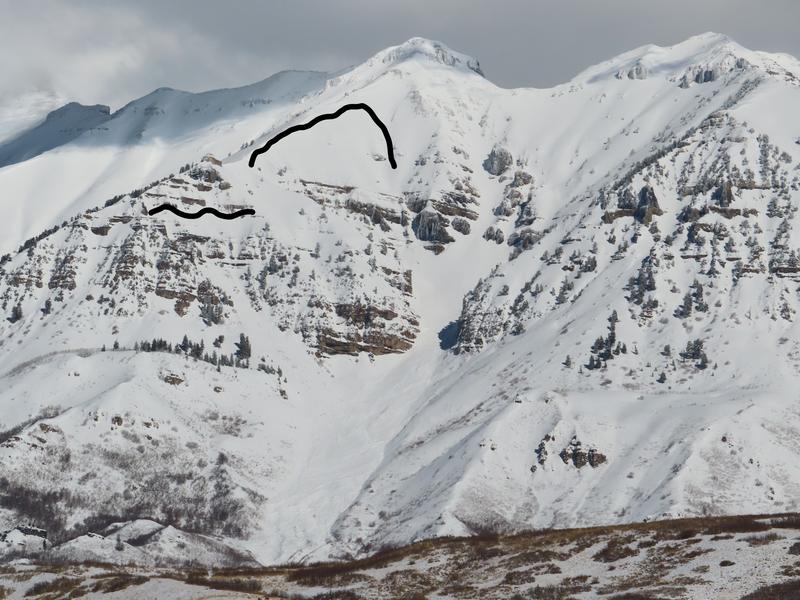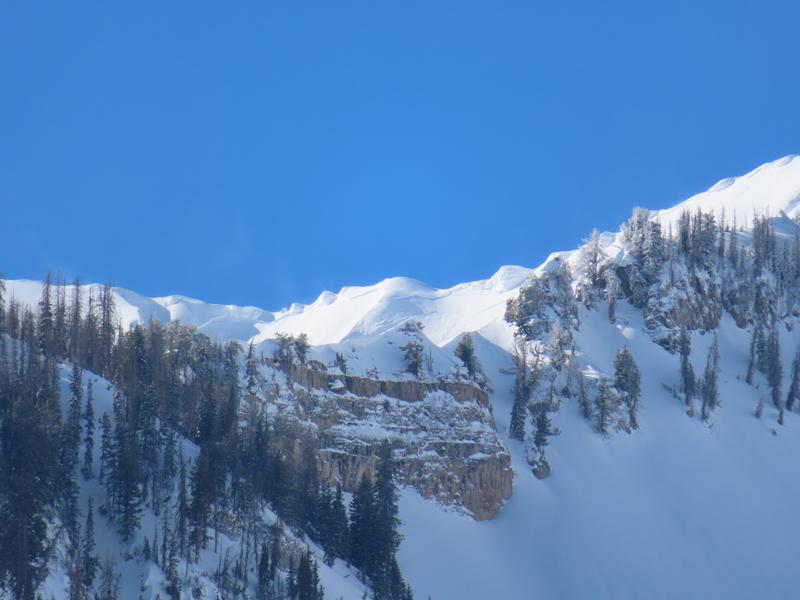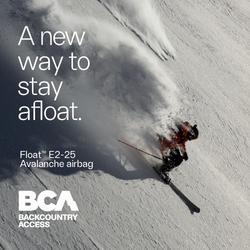Forecast for the Provo Area Mountains

Issued by Drew Hardesty on
Monday morning, February 10, 2020
Monday morning, February 10, 2020
A MODERATE DANGER exists for human triggered avalanches 1-3' deep, particularly in steep wind loaded terrain. Human triggered avalanches are possible. We are trending toward LOW but we are not there yet.
Cornices along the ridgelines should also be approached with great caution. These may break off and trigger dangerous avalanches below.

Low
Moderate
Considerable
High
Extreme
Learn how to read the forecast here







